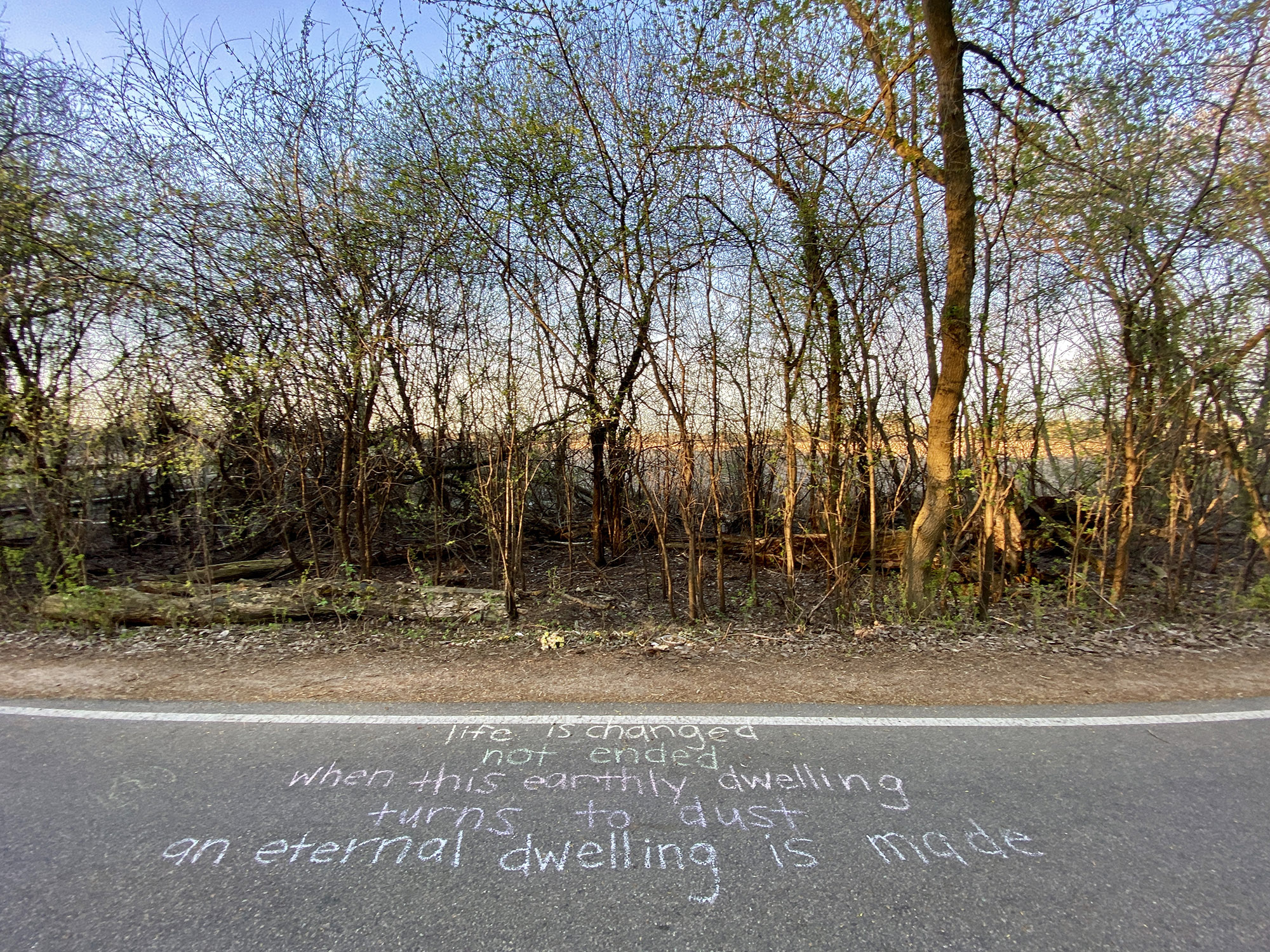From blood clots to ‘Covid toe’: the medical mysteries of coronavirus
But less than five months after it was first identified, this new coronavirus is managing to throw up a series of medical mysteries — from blood clots and strokes to digestive problems — that are confounding the scientific community.
From head to foot, Covid-19 causes a fiendish variety of symptoms. Some are relatively mild, such as loss of smell and taste or chilblain-like sores on toes. But others may be fatal, such as when what doctors call an immune storm destroys vital organs. The more this virus is studied, the more complex it appears to be.
“Every day we’re learning of new tricks that the virus plays,” says Peter Openshaw, professor of experimental medicine at Imperial College London. “It is remarkable to see a disease unfolding in front of our eyes with so many twists and turns.”
Can I get COVID-19 in airline cabins? Part 1.
In our Corner series, we now dig into this important subject: Is my probability of getting infected with the COVID-19 virus higher in an airliner cabin than in other places?
We look at simulations of how the virus travels when we breathe/cough and how the virus load propagates in an airliner cabin. Then we talk about infection probabilities compared with other environments.
Correcting Carter’s Mistake: Removing Cabinet Status from the U.S. Department of Education
Lindsey Burke and Jonathan Butcher:
The U.S. Department of Education opened its doors on May 4, 1980. Forty years after its establishment, academic achievement remains largely unimproved, and gaps in achievement outcomes between low-income children and their higher-income peers persist. Elevating education to Cabinet-level status has not led to education excellence; rather, it has codified education decision making in Washington among government officials who have less knowledge than state and local school leaders of the needs of local schools. Devolving the department and housing remaining programs at other agencies can make space for a return to education subsidiarity, enabling local actors to determine which policies meet local needs. Remaining federal involvement should focus primarily on gathering education statistics. In the spirit of the “Education at a Crossroads” report published in 1998, this Backgrounder maps out a plan for eliminating the agency and restoring state, local, and parental control of education.
“Our important work has been co-opted by billing.”
“The promise of bringing medical recordkeeping into the digital age was to maintain a live record of a live patient, enabling clinicians to track patient care across hospital systems and over time. Instead, we’ve been saddled with systems that cut into patient care (clinicians typically spend an hour feeding documentation into a computer for every hour they spend with patients) and, often, are too fragmented to allow a patient’s file to follow her from one medical center to another. The E.M.R., as a colleague of mine put it, is “electronic in the same sense that your grandfather’s radio is electronic.” The energized, improvisatory role of medical Twitter inevitably draws attention to what our balky, billion-dollar systems should have been providing—to the cost, in dollars and lives, of the rapid clinical learning that we’ve forgone.
It’s hardly news that our E.M.R. systems have failed medicine, and yet an executive order from New York State, issued at the end of March by Governor Andrew Cuomo, amounted to a grim epitaph: “Health care providers are relieved of recordkeeping requirements to the extent necessary for health care providers to perform tasks as may be necessary to respond to the covid-19 outbreak. . . . Any person acting reasonably and in good faith under this provision shall be afforded absolute immunity from liability.” A system designed to expedite and improve the delivery of health care was officially recognized as an obstacle.
“When the tide goes out,” Warren Buffett once said, “you discover who has been swimming naked.” The pandemic has been merciless in what it has exposed. In many cases, the weaknesses in our medical system were ones that had already been the subject of widespread attention, such as the national scandal of health-care coverage that leaves millions of Americans uninsured. In others, they shouldhave been the subject of widespread attention, because we had plenty of warning. Again and again, in the past several weeks, we’ve heard of shortages—shortages of protective gear, of ventilators, of pharmaceuticals. Yet, even before the crisis, medicine was dealing with troubling scarcities of needed drugs and support systems. Last summer, long before the pandemic, pulmonologists were raising concerns about a lack of oxygen supplies—the result of cost-cutting measures by suppliers of durable medical equipment. Competitive-bidding programs drove margins down so low that more than forty per cent of such companies—responsible for the supply of portable oxygen tanks and concentrators—went out of business. Inventory diminished; delivery times increased. Patients suffered. Neeta Thakur, a pulmonologist and researcher at the University of California in San Francisco, told me about the byzantine process (involving “ten to fifteen disconnected steps”) that was required in order for a patient to receive oxygen at home—a patient who is then at the mercy of the intermittent delivery schedules of understocked venders. The problem builds into a failure cascade: if patients cannot be discharged from the hospital because they cannot have oxygen at home, the resultant logjam delays the treatment of other patients who need those beds for acute care.”
Yet, taxpayers have spent $38B+ (!) on back door electronic medical record subsidies since 2011…..
Eternal Life
A bit colder this morning, but still, a glorious blue sky above my morning ride.
Sandhill cranes parenting.
I turned a corner. Chalk.
“Life is Changed
Not Ended
When this earthly dwelling
turns to dust
An eternal dwelling is made”
I found this prayer online:
“Indeed for your faithful, Lord, life is changed not ended, and, when this earthly dwelling turns to dust, an eternal dwelling is made ready for them in heaven.”
Chris Rickert covers the tragic murders.
Panoramic view.
Comments on COVID-19 Contact Tracing Apps
“My problem with contact tracing apps is that they have absolutely no value,” Bruce Schneier, a privacy expert and fellow at the Berkman Klein Center for Internet & Society at Harvard University, told BuzzFeed News. “I’m not even talking about the privacy concerns, I mean the efficacy. Does anybody think this will do something useful? … This is just something governments want to do for the hell of it. To me, it’s just techies doing techie things because they don’t know what else to do.”
I haven’t blogged about this because I thought it was obvious. But from the tweets and emails I have received, it seems not.
This is a classic identification problem, and efficacy depends on two things: false positives and false negatives.
- False positives: Any app will have a precise definition of a contact: let’s say it’s less than six feet for more than ten minutes. The false positive rate is the percentage of contacts that don’t result in transmissions. This will be because of several reasons. One, the app’s location and proximity systems — based on GPS and Bluetooth — just aren’t accurate enough to capture every contact. Two, the app won’t be aware of any extenuating circumstances, like walls or partitions. And three, not every contact results in transmission; the disease has some transmission rate that’s less than 100% (and I don’t know what that is).
- False negatives: This is the rate the app fails to register a contact when an infection occurs. This also will be because of several reasons. One, errors in the app’s location and proximity systems. Two, transmissions that occur from people who don’t have the app (even Singapore didn’t get above a 20% adoption rate for the app). And three, not every transmission is a result of that precisely defined contact — the virus sometimes travels further.
Assume you take the app out grocery shopping with you and it subsequently alerts you of a contact. What should you do? It’s not accurate enough for you to quarantine yourself for two weeks. And without ubiquitous, cheap, fast, and accurate testing, you can’t confirm the app’s diagnosis. So the alert is useless.
Similarly, assume you take the app out grocery shopping and it doesn’t alert you of any contact. Are you in the clear? No, you’re not. You actually have no idea if you’ve been infected.
A Glorious Morning Bike Ride – and Blue Heron Nests
WORK Death of the office: The coronavirus pandemic has sped up a revolution in home working, leaving offices around the world empty. But what was the point of them anyway?
In the spring of 1822 an employee in one of the world’s first offices – that of the East India Company in London – sat down to write a letter to a friend. If the man was excited to be working in a building that was revolutionary, or thrilled to be part of a novel institution which would transform the world in the centuries that followed, he showed little sign of it. “You don’t know how wearisome it is”, wrote Charles Lamb, “to breathe the air of four pent walls, without relief, day after day, all the golden hours of the day between ten and four.” His letter grew ever-less enthusiastic, as he wished for “a few years between the grave and the desk”. No matter, he concluded, “they are the same.”
The world that Lamb wrote from is now long gone. The infamous East India Company collapsed in ignominy in the 1850s. Its most famous legacy, British colonial rule in India, disintegrated a century later. But his letter resonates today, because, while other empires have fallen, the empire of the office has triumphed over modern professional life.
The dimensions of this empire are awesome. Its population runs into hundreds of millions, drawn from every nation on Earth. It dominates the skylines of our cities – their tallest buildings are no longer cathedrals or temples but multi-storey vats filled with workers. It delineates much of our lives. If you are a hardworking citizen of this empire you will spend more waking hours with the irritating colleague to your left whose spare shoes invade your footwell than with your husband or wife, lover or children.
Or rather you used to. This spring, almost overnight, the world’s offices emptied. In New York and Paris, in Madrid and Milan, they ready themselves for commuters who never come. Empty lifts slide up and down announcing floor numbers to empty vestibules; water coolers hum and gurgle, cooling water that no one will drink. For the moment, office life is over.
Even before coronavirus struck, the reign of the office had started to look a little shaky. A combination of rising rents, the digital revolution and increased demands for flexible working meant its population was slowly emigrating to different milieux. More than half of the American workforce already worked remotely, at least some of the time. Across the world, home working had been rising steadily for a decade. Pundits predicted that it would increase further. No one imagined that a dramatic spike would come so soon.
Large Tech Organization Censorship Examples
You can argue that the openness of the web has been dying for the past decade. For the web, death comes in the form of a centralization of control and power, and arbitrary authoritarian changes made for the “greater good.”
The current state of our fear for the safety of public health has created the perfect event to push the pendulum out of balance.
Let there be no mistake in our minds, the actions that my fellow technologists, and associated companies, are taking, and pushing, are things that society as a whole will feel in the not so distant future.
The scariest part for me is that as a technologists, I have seen first hand what an organization can do with unfettered access to data, when the checks and balances are lost, when we believe we are the ones capable of dictating what is good for society, on their behalf, without choice, and what a little power can do to any person.
What further amplifies the concern is that it is not government that is driving this “big brother” state of affairs, its big tech. These are entities that are not elected officials, but corporations that transcend physical and logical boundaries. They have the ability to influence what you see, what you think, and they have the ability to choose sides.
——-
This was not a case of individuals selling snake oil. They were sharing their observations, and opinions. Right or wrong, is not the point. It’s the process of normal debate and discourse. They were also seasoned medical professionals.
Shortly after its release, it was removed from the platform. Because it didn’t conform to the guidance from the World Health Organization (WHO). Say what?
It seems a far stretch to remove their content simply because it doesn’t conform to WHO, and goes contrary to spirt of the examples Susan provided. In essence, YouTube is saying you are not allowed to disagree with WHO, at all; do so, and your content will be removed. But what if they are wrong? Are we not allowed to question that?
Once it’s demonstrated that a company has this level of power, how, who, draws the distinction between what government policies they conform with, and which you don’t? What happens when society as a whole disagrees? How do you say yes to state government, but not Federal? How do you tell China, Cuba, North Korea they are wrong for their censorship when we do the same thing?













